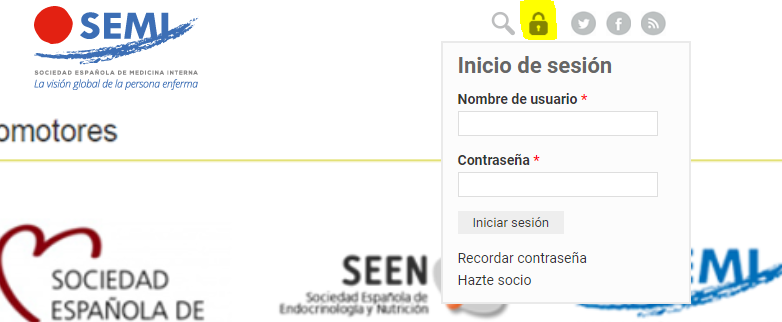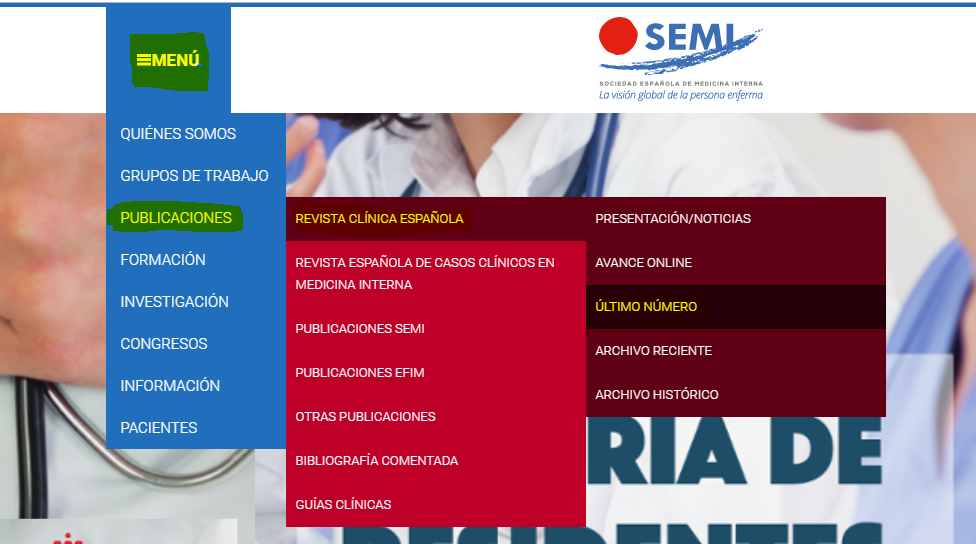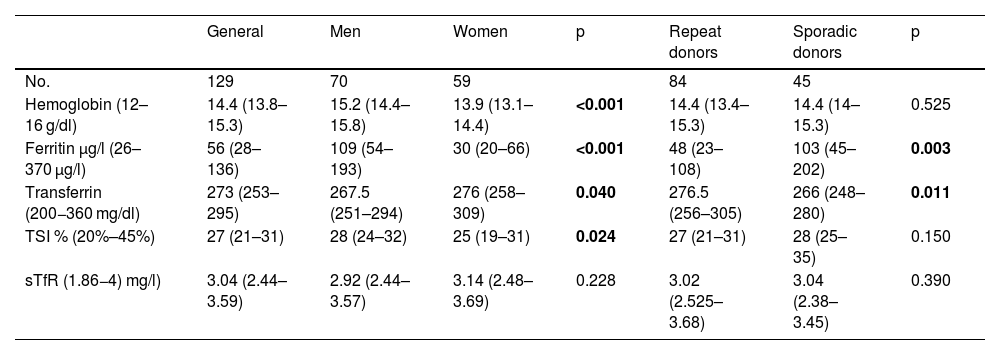Blood donation is suggested to increase the risk of restless legs syndrome (RLS). This study aims to assess the prevalence of RLS in Spanish blood donors and determined its potential correlation with iron metabolism parameters.
Materials and methodsProspective cohort study of 129 blood donors (54.3% men, 39.44 years ± 11.0) that underwent a physical examination, blood analysis (hemoglobin, ferritin, transferrin saturation index and soluble transferrin receptor) and a RLS screening questionnaire followed by a prospective follow-up study including a clinical phone interview. A multivariate logistic regression model was performed to examine the association between RLS and other variables.
ResultsEighty-four (65.1%) participants were repeat blood donors (mean of 2.11 donations/year) at inclusion and 61 (47.4%) at follow-up (mean of 2.09 donations/year). Non-anemic iron deficiency (ferritin < 50 µg/l) was high in women p < 0.001 and in repeat donors (p = 0.003). The prevalence of RLS was 14.1% at inclusion increasing prospectively (19.5%; p = 0.065). On multivariate analysis, gender was the only variable significantly associated with a RLS diagnosis, being higher in women (OR 5.1; 95% CI 1.71–15.3; p = 0.003).
ConclusionsDespite the high prevalence of non-anemic iron deficiency there was no association between ferritin, transferrin saturation index, soluble transferrin receptor concentration values and RLS diagnosis. Gender was associated with RLS diagnosis regardless of other variables.
Hay especialistas que sugieren que la donación de sangre aumenta el riesgo de síndrome de piernas inquietas (SPI). Este estudio pretende evaluar la prevalencia del SPI en donantes de sangre españoles y determinar su posible correlación con parámetros del metabolismo del hierro.
Materiales y métodosEstudio de cohorte prospectivo de 129 donantes de sangre (54,3% hombres, 39,44 años ± 11,0) a los que se les realizó una exploración física, un análisis de sangre (hemoglobina, ferritina, índice de saturación de transferrina y receptor soluble de transferrina) y un cuestionario de cribado de SPI seguido de un estudio de seguimiento prospectivo que incluyó una entrevista clínica telefónica. Se realizó un modelo de regresión logística multivariante para examinar la asociación entre el SPI y otras variables.
ResultadosOchenta y cuatro (65,1%) participantes eran donantes de sangre repitientes (media de 2,11 donaciones/año) en la inclusión y 61 (47,4%) en el seguimiento (media de 2,09 donaciones/año). La deficiencia de hierro no anémica (ferritina < 50 µg/L) fue alta en mujeres p < 0,001 y en donantes repitientes (p = 0,003). La prevalencia de SPI fue del 14,1% en la inclusión aumentando prospectivamente (19,5%; p = 0,065). En el análisis multivariado, el género fue la única variable significativamente asociada con un diagnóstico de SPI, siendo mayor en mujeres (OR 5,1; IC 95% 1,71–15,3; p = 0,003).
ConclusionesA pesar de la alta prevalencia de deficiencia de hierro no anémica no hubo asociación entre los valores de ferritina, concentración del receptor soluble de transferrina y el diagnóstico de SPI. El género se asoció con el diagnóstico de síndrome de piernas inquietas independientemente de otras variables.
Article
Diríjase desde aquí a la web de la >>>FESEMI<<< e inicie sesión mediante el formulario que se encuentra en la barra superior, pulsando sobre el candado.

Una vez autentificado, en la misma web de FESEMI, en el menú superior, elija la opción deseada.

>>>FESEMI<<<









